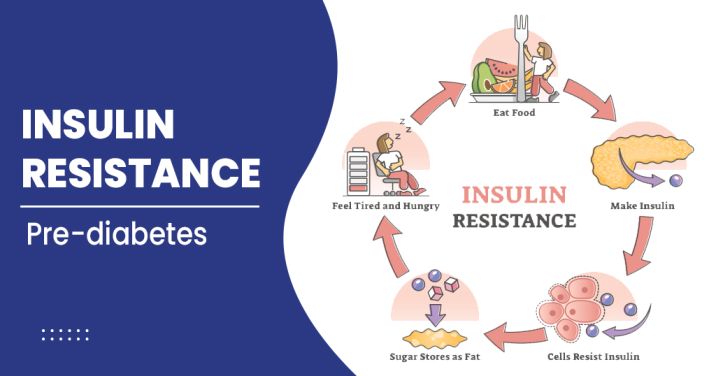
People with diabetes mellitus are almost twice as likely to develop arthritis. However, the risk of arthritis may differ, depending on whether the individual person has Type 1 Diabetes Mellitus or Type 2 Diabetes Mellitus.
Rheumatoid arthritis is more closely associated with Type 1 Diabetes Mellitus.
Both rheumatoid arthritis and Type 1 Diabetes Mellitus are autoimmune disorders. This means that in both the cases, the immune system is attacking an otherwise a healthy part of the human body.
In a person with Type 1 Diabetes, the immune system attacks the pancreas, thus stopping or inhibiting the production of insulin. In a person with rheumatoid arthritis, the immune system attacks the tissues within the joints, thus causing swelling, pain and deformities. Both Type 1 Diabetes Mellitus and Rheumatoid Arthritis involve inflammation including C- Reactive Protein and Interleukin – 6 levels which are consistently high in people who have either of the two diseases or conditions. Having one autoimmune condition increases the chances of developing a second autoimmune condition.
Another type of arthritis known as osteoarthritis is more closely associated with Type 2 Diabetes Mellitus. Unlike Type 1 Diabetes Mellitus, Type 2 Diabetes Mellitus is strongly associated with excess body weight or obesity.
Being overweight or having obesity also increases an individual person’s risk of developing osteoarthritis; as the excess weight puts extra stress on the joints, particularly in the lower body especially the knee joints.
A person can reduce their risk of developing Type 2 Diabetes Mellitus and osteoarthritis by maintaining a healthy weight, through a healthful diet and regular exercise regimen. If an individual person has either condition or both, reaching and maintaining a healthy weight can improve their symptoms.
According to the Arthritis Foundation losing 15 pounds can significantly improve the level of knee pain in a person with osteoarthritis.
Also, in a person with Type 2 Diabetes, losing 5 to 10% of their total body weight can reduce their blood sugar levels significantly. As a result, an individual person suffering from Type 2 Diabetes Mellitus may need to take less medication for their condition.
Both Type 1 Diabetes Mellitus and Type 2 Diabetes Mellitus have got different pathophysiology, clinical profiles and management protocols.
Talk To An Expert
So, one needs to consult a Certified Diabetes Educator and an expert in Diabetic Rehabilitation in order to overcome their Diabetes Mellitus related healthcare issues.
A Diabetic Rehabilitation Program would help improve the blood sugar levels and lifestyle of the individual person suffering from Diabetes Mellitus depending on the type of Diabetes Mellitus one is suffering from.




